Cold compression therapy machines have gained popularity among athletes, physical therapists, and individuals recovering from orthopedic injury or surgery. These therapeutic units and wraps offer controlled cold therapy and compression technology to promote injury recovery, decrease pain, and reduce swelling. While these devices provide several benefits, they also have certain drawbacks. Let’s explore the pros and cons of using a cold compression therapy machine and how it can fit into your recovery regimen.
Benefits of Cold Compression Therapy Machines
1. Effective Pain Relief
Cold compression therapy machines are highly effective for pain relief. By using cold therapy and compression, these systems reduce muscle tension, inflammation, and nerve activity in the injured area. This combination therapy helps decrease pain associated with sports injuries, surgery, or an injury like a sprain or strain.
2. Reduce Swelling and Inflammation
One of the top benefits of cold compression therapy is its ability to reduce swelling and pain. Compression therapy combined with cold temperature restricts blood flow to the injured area, thereby reducing inflammation and edema. Physical therapists often recommend these devices post-surgery or for post-operative recovery to manage pain and swelling effectively.
3. Enhance Recovery for Orthopedic Injuries
Cold therapy systems are beneficial for orthopedic injury or surgery, such as knee replacement or shoulder surgery. By providing cold therapy to help with inflammation and pain, these systems allow patients to focus on their recovery without relying heavily on medication. Some devices, like portable cold therapy systems, are designed for at-home cold therapy sessions, making them convenient for surgery recovery.
4. Customizable and Adjustable Therapy
Many modern cold compression systems feature adjustable settings. This allows users to customize the therapy sessions to their specific needs, whether it involves intermittent compression or continuous cold application. Such features make these devices versatile for various types of injuries or conditions.
5. Improved Circulation and Healing
Active compression, including intermittent pneumatic compression, promotes better blood flow and helps prevent complications like blood clots. This is especially useful for individuals recovering from surgery or an injury where reduced mobility is a concern.
6. Convenience for At-Home Use
With advancements in compression technology, many cold therapy units are designed for ease of use at home. Devices like these eliminate the need for frequent clinic visits, allowing users to integrate therapy sessions into their daily routines. Portable cold therapy devices make it easier to adhere to a recovery regimen.
Drawbacks of Cold Therapy Machines
1. Potential for Ice Burns
While cold compression therapy provides relief and recovery, improper use of cold temperatures can lead to ice burns. It is crucial to follow manufacturer guidelines and use wraps or gel packs as directed to prevent skin damage.
2. Cost Considerations
Top cold therapy systems can be expensive, making them less accessible for some individuals. While these devices offer advanced features, the price may be prohibitive for those who need therapy for pain on a budget. Using cold packs or ice and water therapy might be more cost-effective alternatives for some.
3. Risk of Over-Reliance
Although cold therapy helps reduce swelling and pain, relying solely on these devices may delay other important aspects of rehab and recovery, such as physical activity and therapy sessions. It is essential to balance cold therapy with a comprehensive recovery regimen.
4. Limited Use for Certain Conditions
Cold compression therapy is not suitable for all injuries or conditions. For instance, individuals with certain circulatory issues or nerve damage may need to avoid using these devices. Consulting with a healthcare provider is vital before incorporating a cold compression therapy machine into your treatment system.
5. Complexity of Setup and Use
Some therapy devices can be complicated to set up, especially for first-time users. Features like compression wraps or adjustable settings may require a learning curve, making therapy sessions less straightforward compared to traditional ice packs.
Use Cases for Cold Compression Therapy Machines
Cold and compression therapy is widely used for various applications, including:
- Post-Surgery Recovery: Cold therapy systems are effective for managing post-surgery pain and swelling, particularly after orthopedic procedures like knee recovery or shoulder compression therapy.
- Sports Injuries: Athletic trainers and physical therapists frequently use cold therapy devices for sports injuries, offering relief and recovery to injured athletes.
- Contrast Therapy: Combining heat and cold therapy can be beneficial for reducing muscle tension and promoting circulation during rehab.
- Edema Management: Intermittent compression therapy helps reduce swelling and improve lymphatic drainage, aiding in edema management.
Tips for Using Cold Compression Therapy Machines Safely
- Follow Manufacturer Instructions: Always adhere to the guidelines provided with your therapy system to avoid complications like ice burns.
- Limit Therapy Duration: Use cold therapy for pain in sessions of 15-20 minutes, unless otherwise directed by a healthcare provider.
- Consult Professionals: Seek advice from physical therapists or athletic trainers to determine the best therapy devices for your needs.
- Use Appropriate Wraps: Ensure the shoulder wrap or knee wrap fits correctly and provides adequate insulation between the skin and the cold compression system.
The electro-pulse skin cleaner is an innovative device designed for deep and effective cleansing of the skin of the face. Using pulsed current technology, it acts on the pores, removing impurities and excess sebum, which helps to improve the condition of the skin and prevent the appearance of acne! You can buy this device at the best price in our store.
Conclusion
Cold compression therapy machines offer numerous benefits for injury recovery, pain relief, and post-operative recovery. By combining controlled cold therapy with compression, these devices provide a comprehensive solution for managing pain and swelling. However, they also have drawbacks, including cost and the risk of over-reliance.
When used responsibly and as part of a well-rounded recovery regimen, cold compression therapy systems can be an excellent addition to your therapeutic toolkit. Whether you are recovering from surgery or dealing with sports injuries, devices like these can help you focus on your recovery and get back on your feet faster. Always consult a healthcare professional to ensure safe and effective use of cold therapy systems.

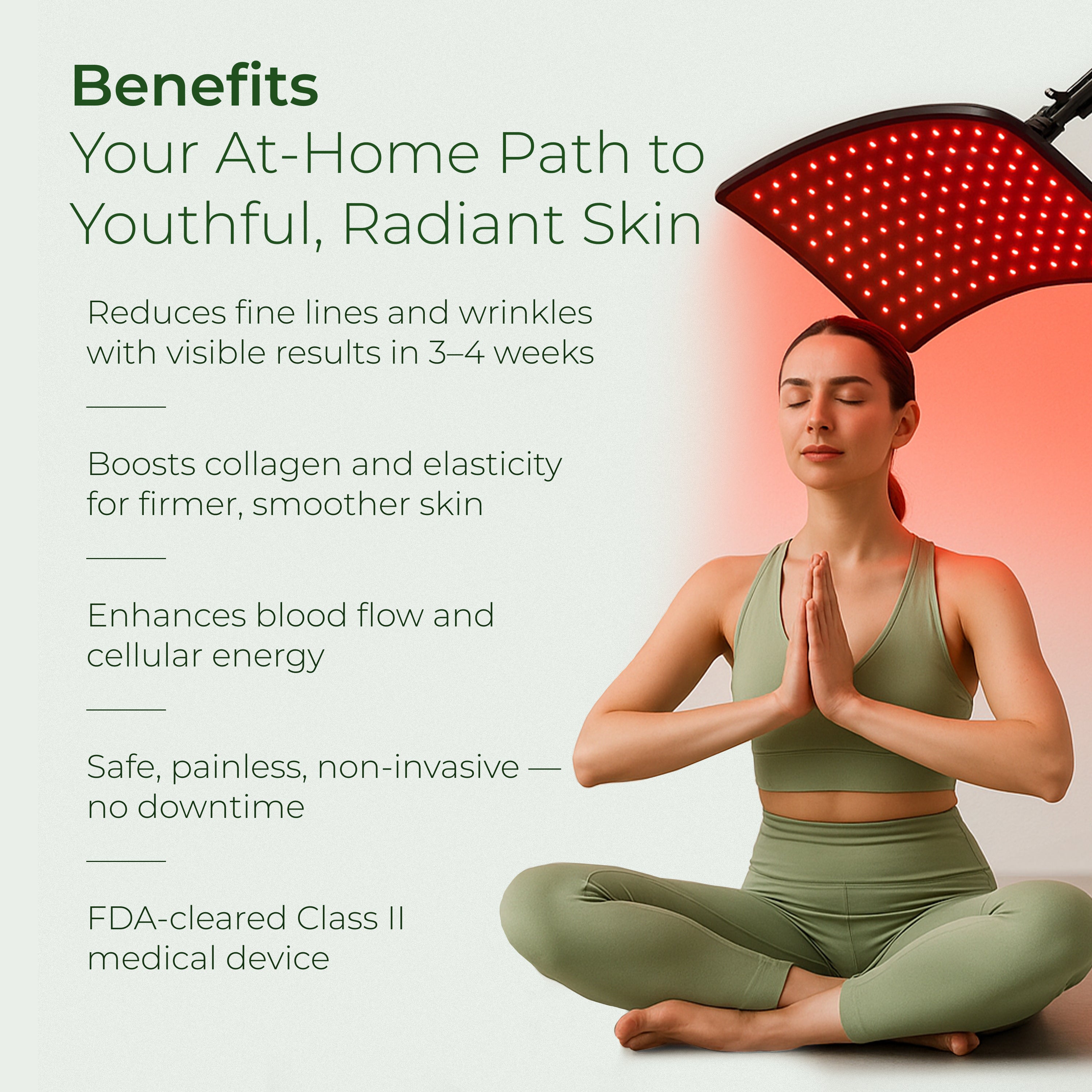
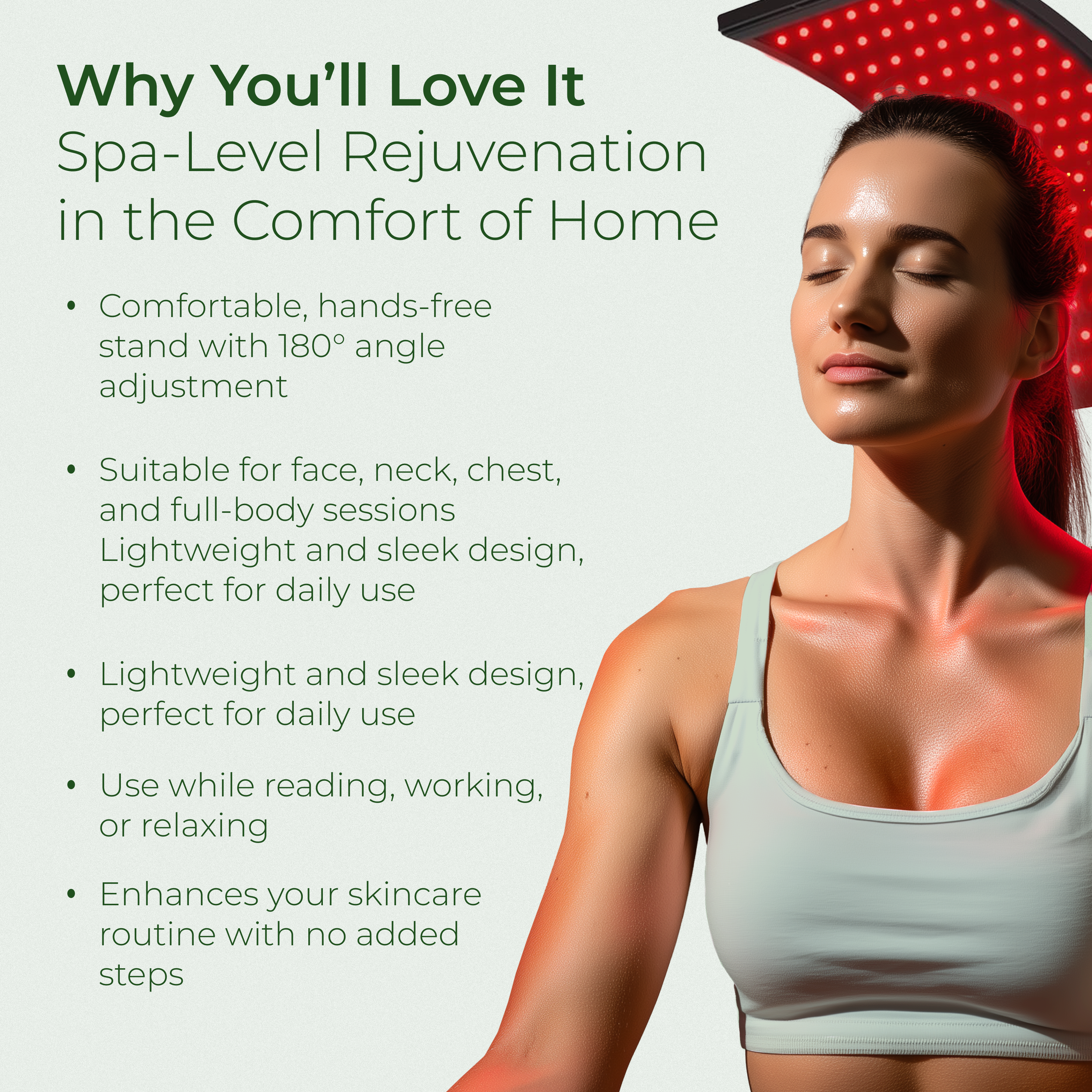
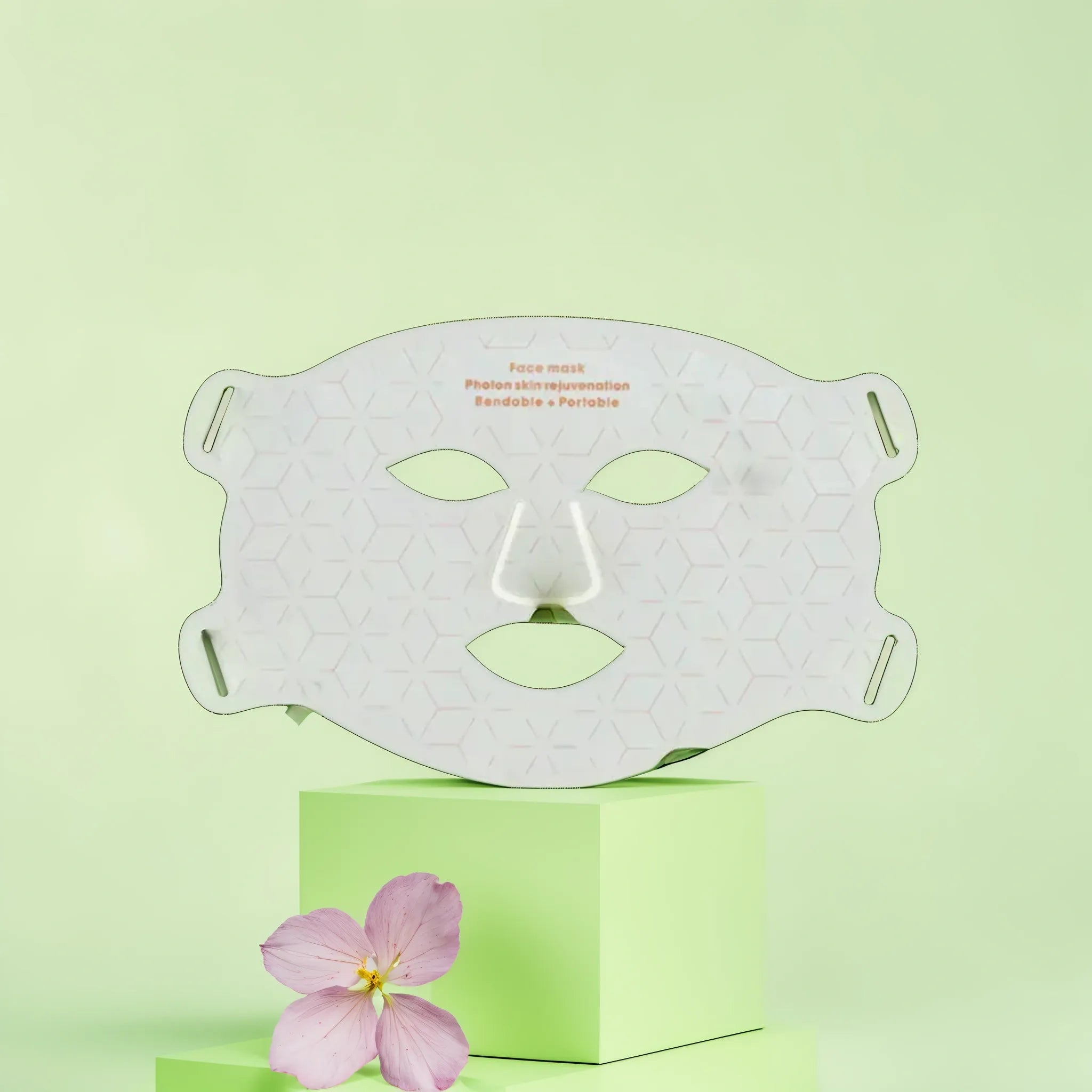
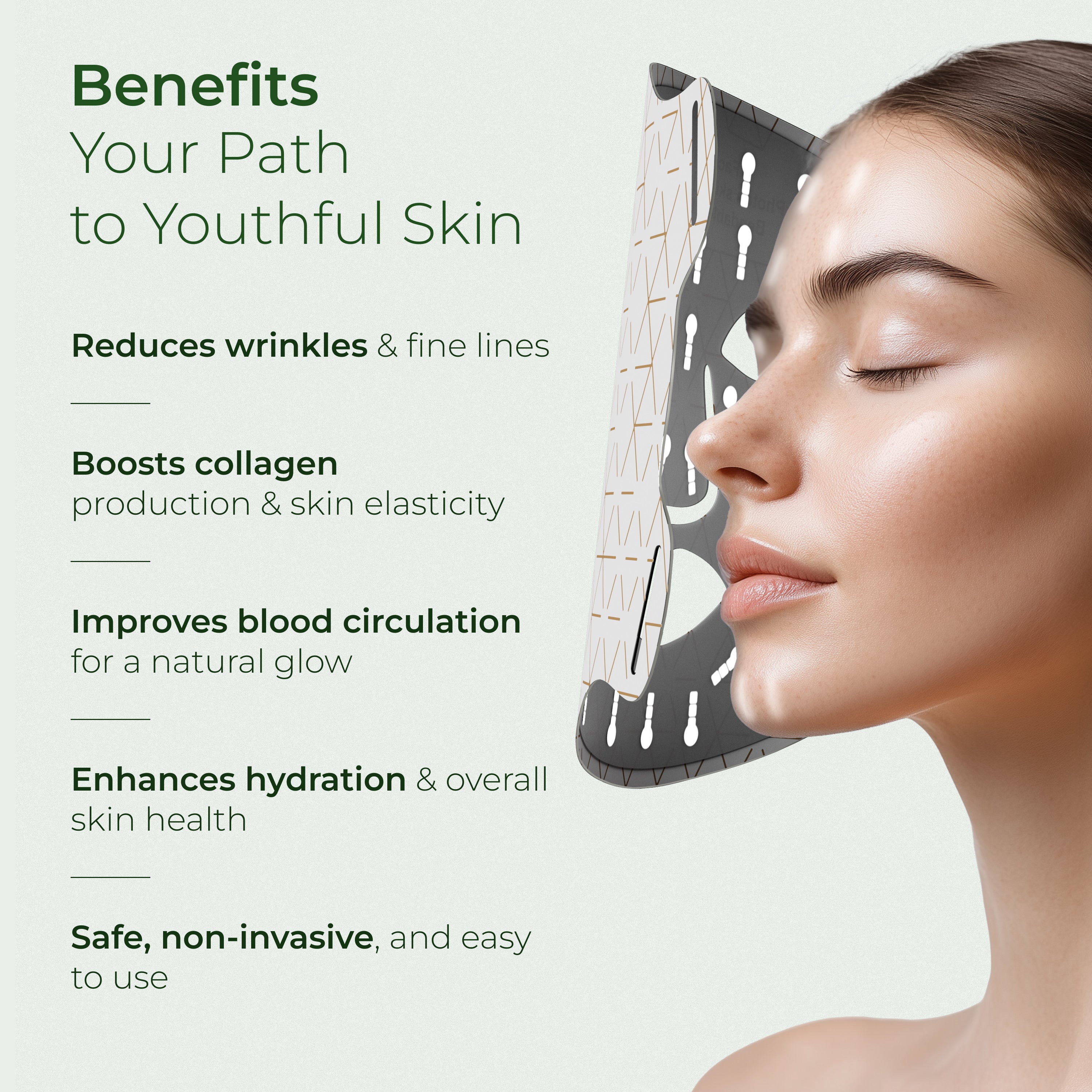


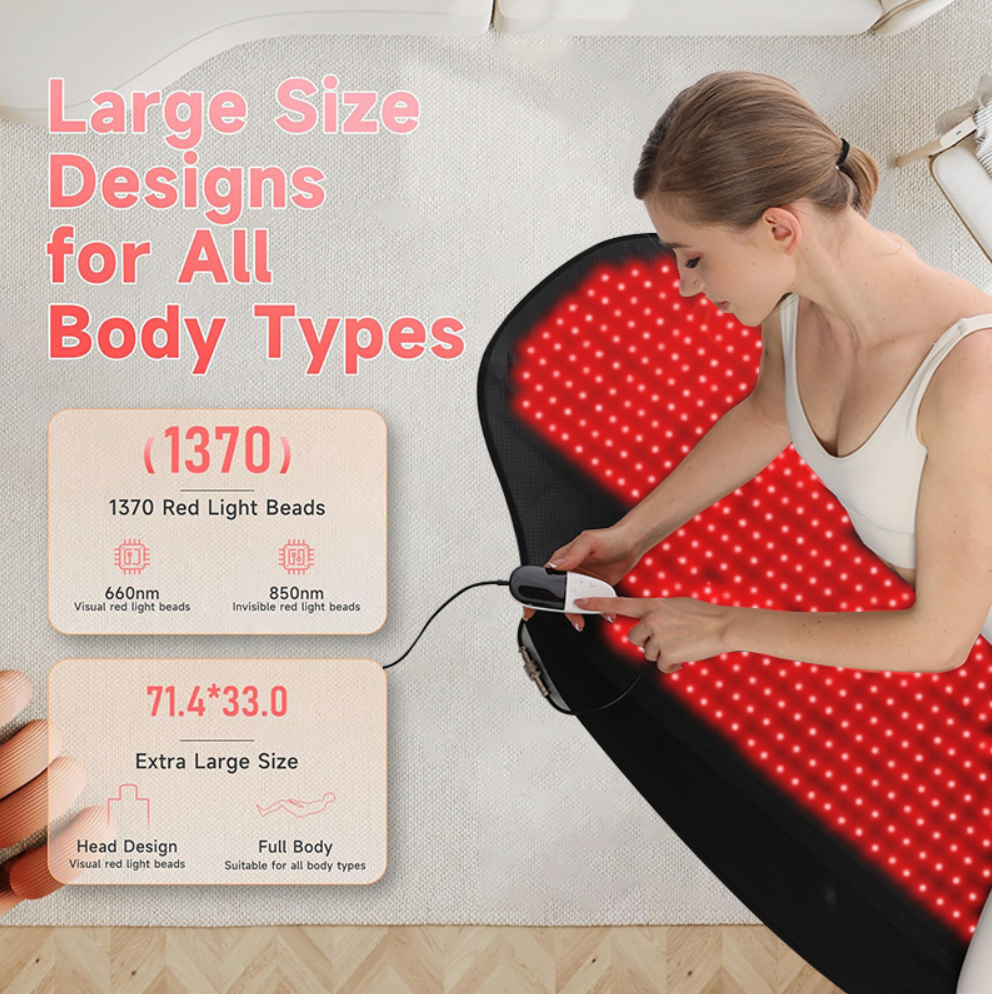
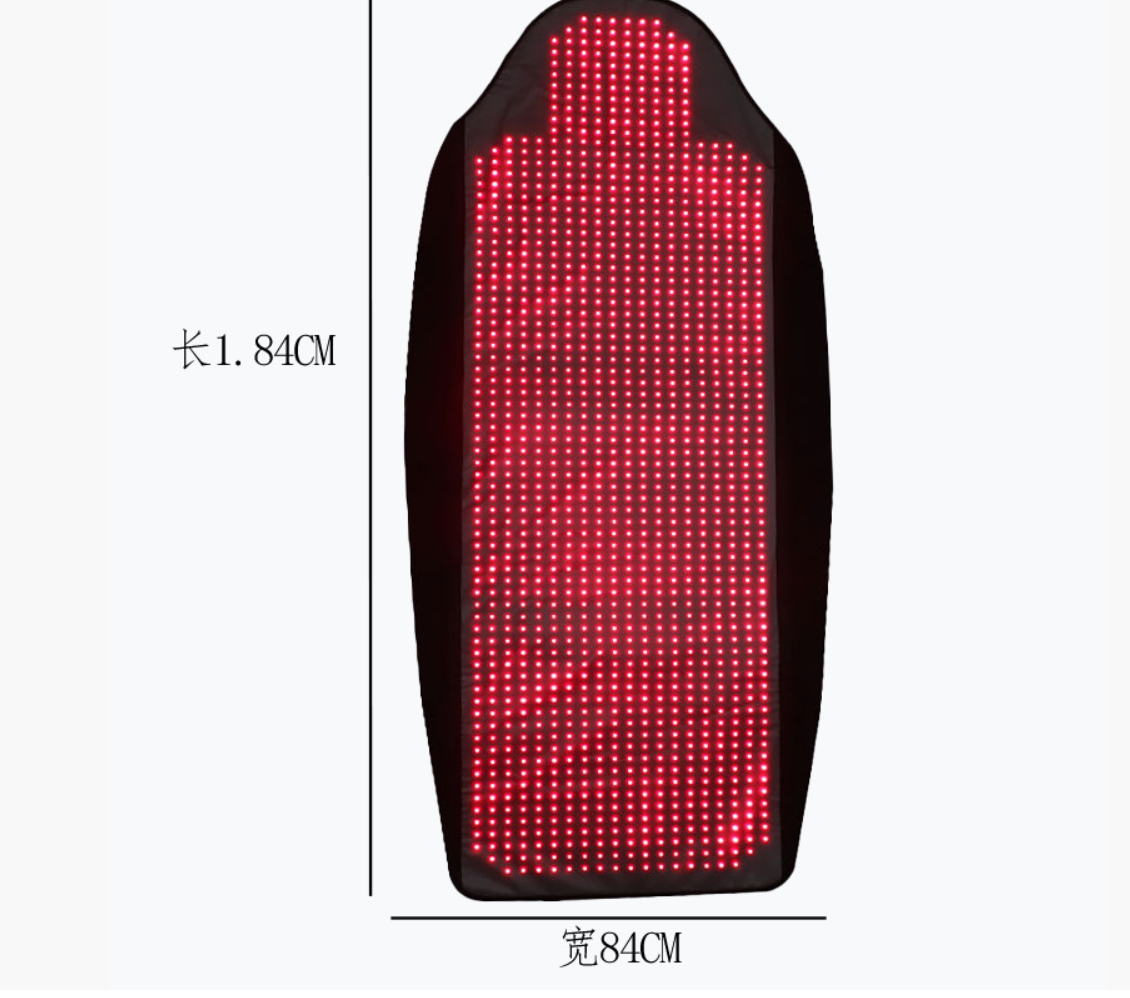
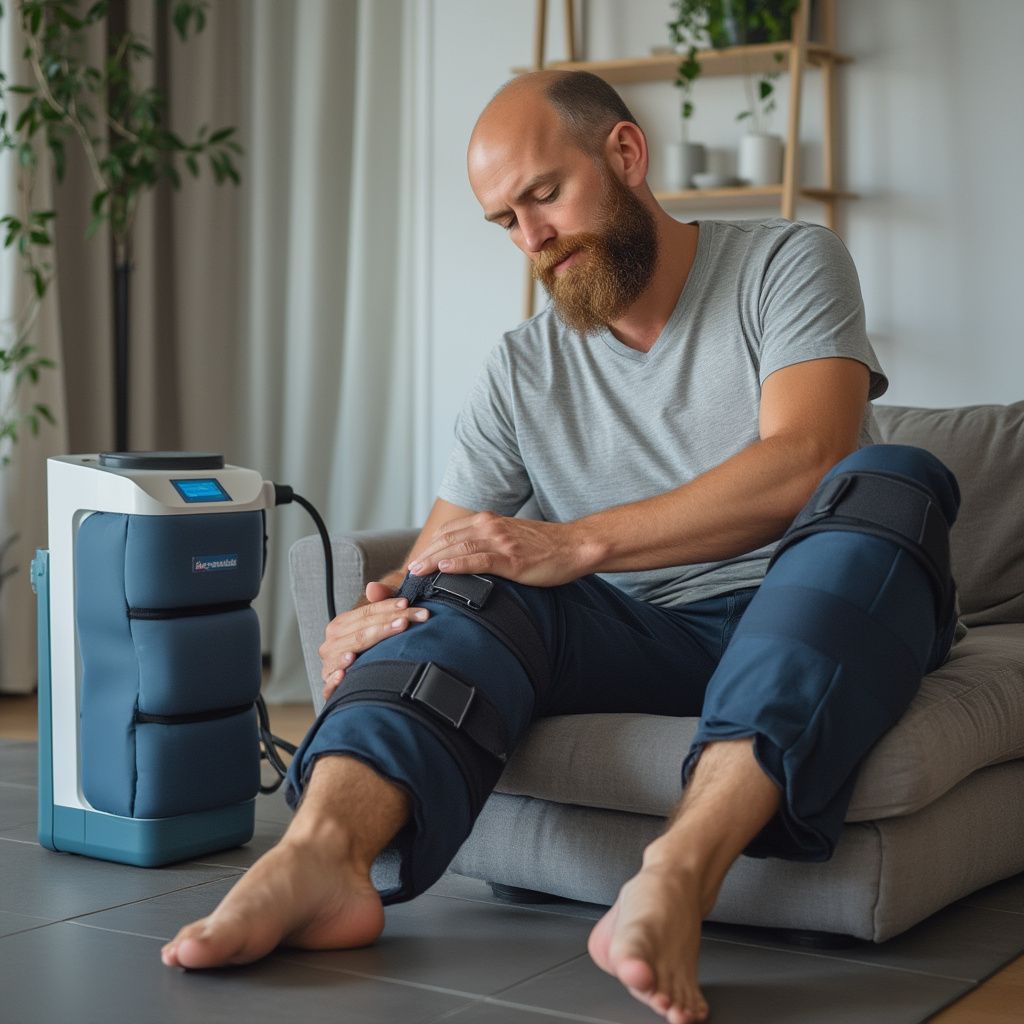
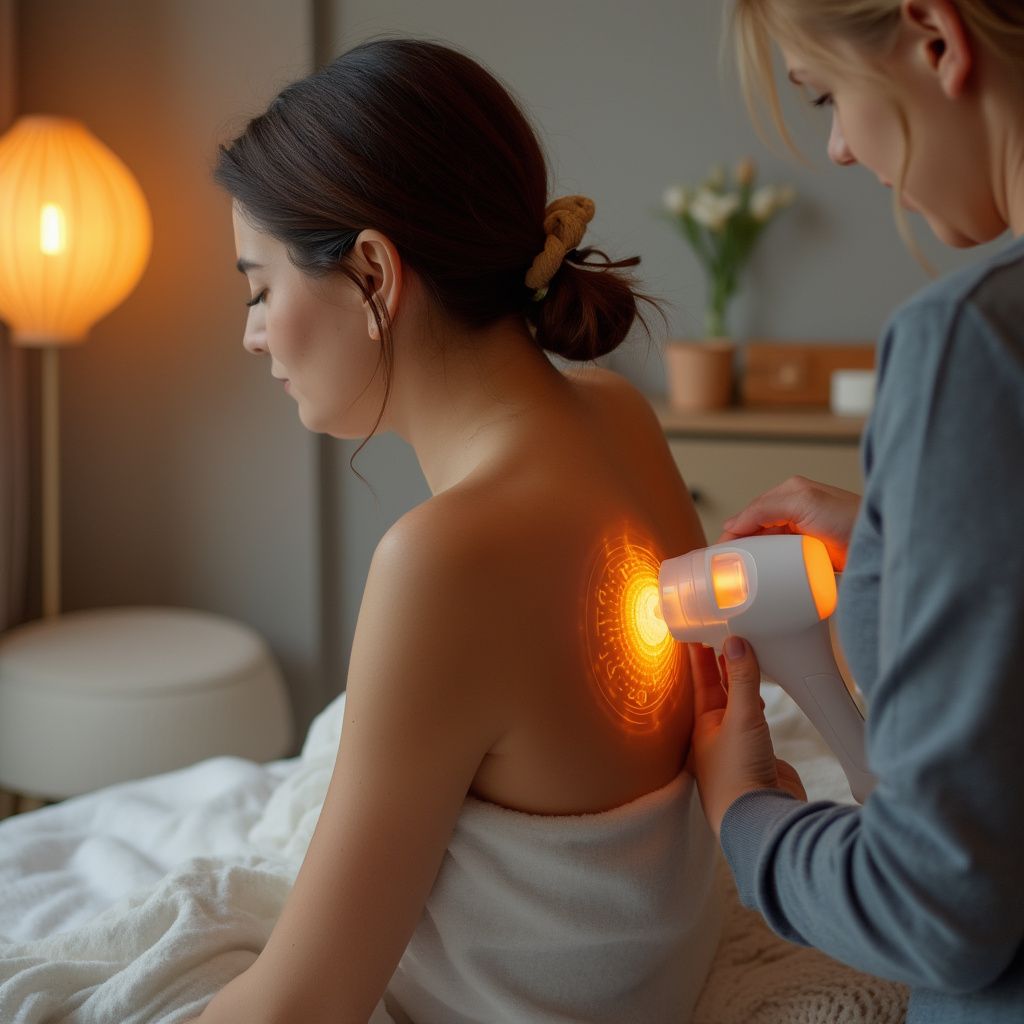
Dejar un comentario
Este sitio está protegido por hCaptcha y se aplican la Política de privacidad de hCaptcha y los Términos del servicio.